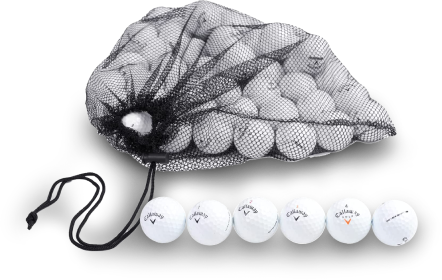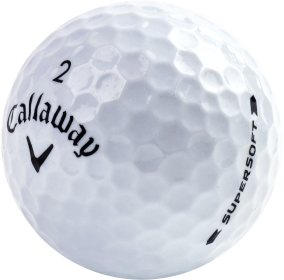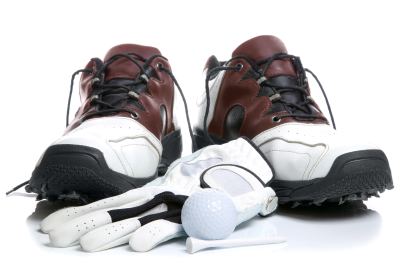Winter Golf Tips: Master Indoor Practice for Off-Season Success

Winter doesn't have to mean the end of your golf game. With the right winter golf tips and strategies, you can improve your skills and stay on top of your game even during the cold months. In this blog, we'll explore how to train and play golf during the winter, addressing frequently asked questions and offering actionable tips for winter golf to keep you swinging all year long.
Why Train During Winter?
Winter is the perfect time to refine your golf skills and prepare for the upcoming season. Training in the off-season helps maintain your muscle memory, improve your swing, and build mental resilience. Plus, investing time in practice when others might be taking a break gives you a competitive edge.
7 Essential Winter Golf Tips
1. Indoor Golf Practice
Indoor golf simulators are a game-changer for winter training. They provide detailed feedback on your swing, ball speed, and trajectory. Many top golfers use simulators to stay sharp during the off-season. If a simulator isn't accessible, you can use putting mats or nets to practice at home. This kind of indoor golf practice ensures you maintain your form and technique.
2. Dress for Success
Cold weather can affect your flexibility and comfort. Invest in thermal golf gear, including base layers, insulated gloves, and waterproof shoes. Opt for clothes designed to keep you warm without restricting your movement.
3. Focus on Fitness with Golf Workouts
Use the off-season to enhance your physical fitness through dedicated golf workouts. Incorporate strength training, flexibility exercises, and cardio into your routine. Research shows that improving your core strength and flexibility can significantly enhance your swing and reduce the risk of injury. Golf strength training is particularly beneficial during winter golf practice.
4. Work on Mental Toughness
Winter offers a great opportunity to train your mind. Visualization techniques and mental conditioning can help you stay focused under pressure. Try meditation or mindfulness apps to build your mental resilience.
5. Adjust Your Swing for Cold Weather with Golf Swing Training Aids
Cold air is denser, which can reduce your ball's travel distance. Experiment with low-compression balls that perform better in cold conditions. Additionally, practice hitting clean shots to maximize your distance. Using golf swing training aids can help refine your technique and adapt your swing for winter conditions. These aids are perfect for integrating into your regular golf training exercises.
6. Join a Winter Golf League
Many courses offer winter leagues or indoor competitions. These provide a fun and competitive environment to keep your skills sharp while fostering camaraderie with fellow golfers.
7. Plan a Golf Getaway
If local conditions make outdoor play impossible, consider traveling to warmer destinations. Golf resorts in states like Florida or Arizona offer ideal winter weather and world-class facilities.
FAQs About Winter Golf
Q: Can I play golf in the snow? A: Yes, but it requires special preparation, like using brightly colored balls for visibility and dressing in warm layers.
Q: Are golf balls affected by cold weather? A: Absolutely. Cold temperatures reduce a ball's compression, leading to shorter distances. Warm up your balls before play to minimize this effect.
Q: How do I stay motivated during winter golf practice? A: Set specific goals for the off-season, track your progress, and reward yourself for milestones. Incorporating golf training exercises into your routine can also keep you engaged and doesn't have to mean a break from golf. By adapting to the season, staying active indoors, and focusing on physical and mental training, you can turn the off-season into an opportunity for growth. Whether you're a beginner or a seasoned pro, these tips for winter golf will help you maintain your game and enter the spring ready to dominate the course.
Conclusion
Winter doesn't have to mean a break from golf. By adapting to the season, staying active indoors, and focusing on physical and mental training, you can turn the off-season into an opportunity for growth. Whether you're a beginner or a seasoned pro, these tips will help you maintain your game and enter the spring ready to dominate the course.











